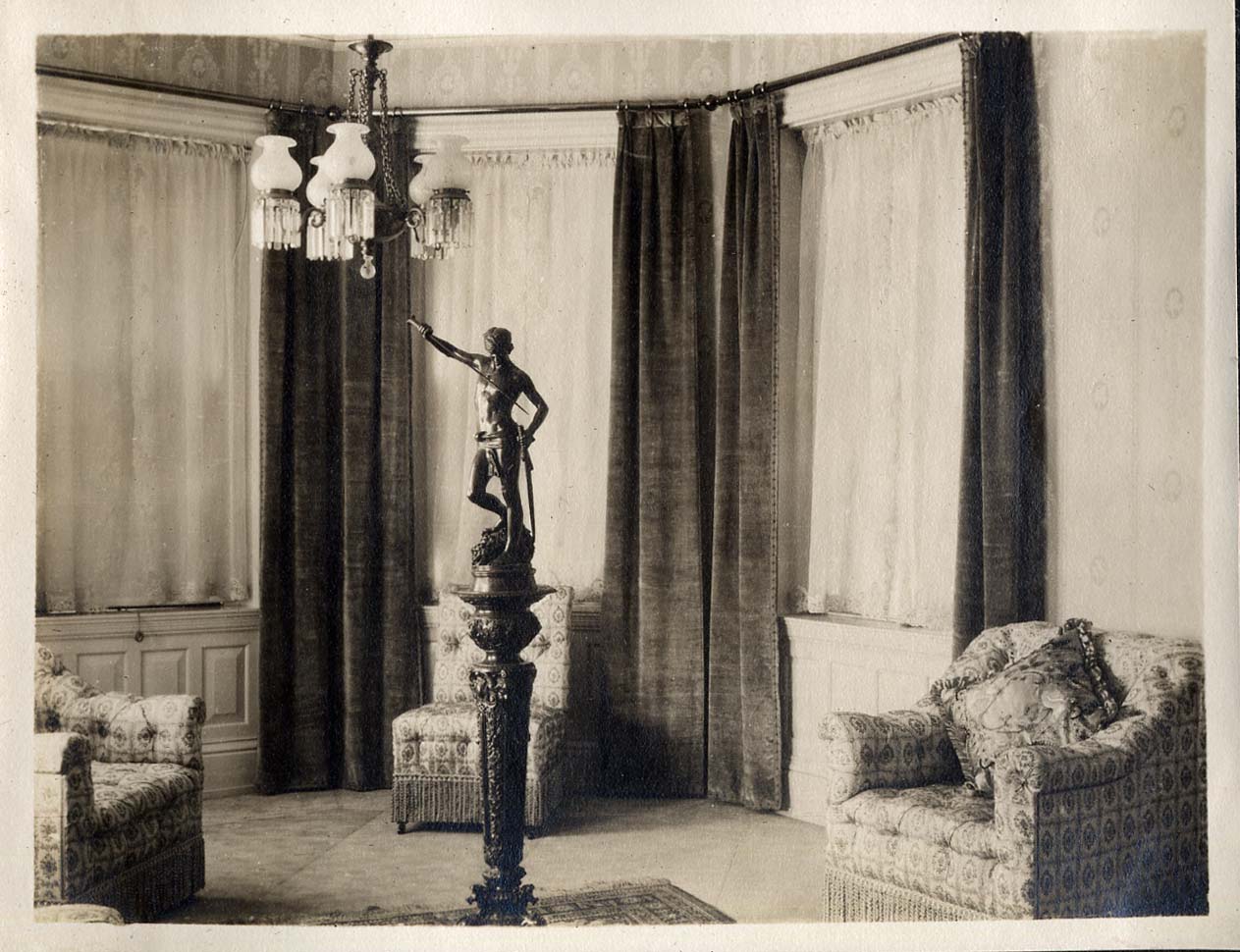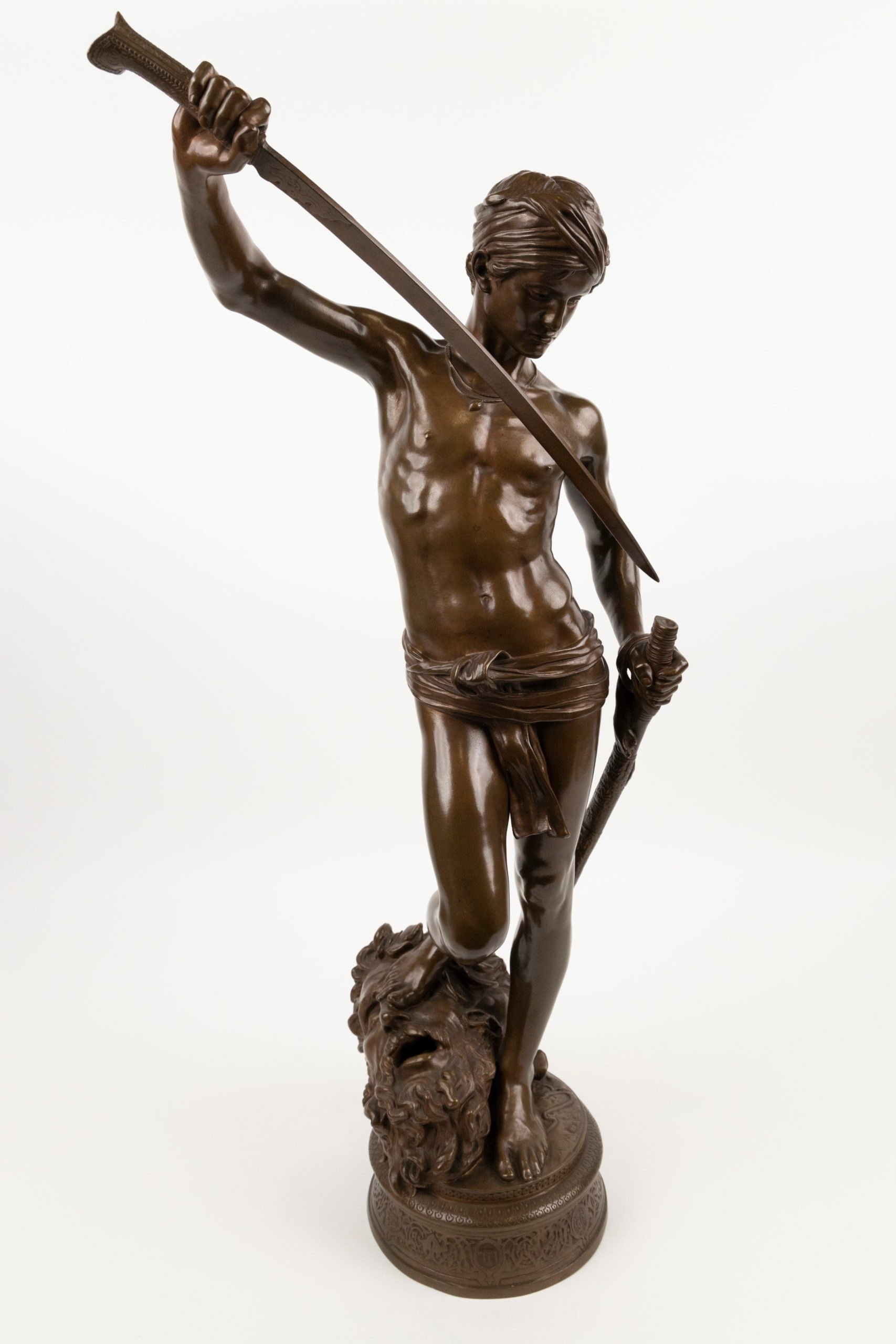Timothy C. Leech, Ph.D., is a scholar of American history. He is also a former staff member at both Longyear Museum and the Mary Baker Eddy Library in Boston. As a researcher and curatorial staffer, he has done work in all of the Mary Baker Eddy Historic Houses and has also visited them in a non-professional capacity throughout his life. This piece is the first in an occasional series of personal essays offering an insider’s view of the houses in Longyear’s collection. First up: 400 Beacon Street, Mrs. Eddy’s final home in Chestnut Hill, Massachusetts.
Shortly after my 12th birthday, my family decided to take a summer vacation centered around attending the Annual Meeting of The Mother Church in Boston. In addition to being a vacation, the trip also celebrated my joining the church. The entire journey was a great adventure for my brother and me: taking Amtrak trains from our home in Florida to Boston, riding in a taxi to our downtown hotel, touring fascinating sites from American history like the U.S.S. Constitution, riding on the subway, and attending Sunday School, church services, and meeting sessions at the Church Center.
One of the real highlights of the trip was taking a tour of Mary Baker Eddy’s Chestnut Hill home at 400 Beacon Street. At that young age, I was already fascinated by history. The grand old house and its elegant garden setting gave me an impression of peacefulness.

A friendly and knowledgeable guide took us on a tour inside the house, recounting its history and pointing out all sorts of notable objects. Many of these objects were gifts of gratitude and appreciation that people had given to the Discoverer and Founder of Christian Science. But one was different. It was a statue of the biblical David that Mrs. Eddy had purchased for herself, originally as part of the furnishings for her residence at 385 Commonwealth Avenue in Boston.1 In the Chestnut Hill residence, the bronze statue—called David, vainqueur de Goliath (David, victor of Goliath)— was the focal point of the bay window in the downstairs sitting room, directly below Mrs. Eddy’s study.

My dad was quick to notice that the statue was very different from the famous David by Michelangelo. This one, a bronze casting of a sculpture by 19th-century artist Antonin Mercié, depicts the final moment in the biblical story of David and Goliath.2 David stands with his foot on the head of Goliath, and he is returning the giant’s sword into its scabbard. David had just used the sword to decapitate his foe after vanquishing him with a stone from his sling.3 Although this part of the Old Testament story is often omitted from Christian Science Bible Lessons, my dad frequently drew attention to it in his Sunday School classes. He saw the destruction of Goliath as symbolic of what happens in a Christian Science healing when the claim of evil or error is utterly, completely, and finally destroyed. All of us were really struck by the idea that our Leader would select this particular artwork with this specific pose for her home. It was only with historical training that I subsequently came to understand that we do not know precisely what motivated Mrs. Eddy to purchase the David statue, but it is in keeping with both the general American desire for artwork from the classical European tradition as well as her fondness for art depicting characters and events from the Bible.
At the time, I could not imagine that I would eventually have the opportunity to work in each of Mrs. Eddy’s homes that have been preserved for their historical significance. As a professional historian, I am always happy when I can see documentary evidence of any information that is presented to me. So, I was particularly satisfied when, decades later, my colleagues at the Mary Baker Eddy Library came across the receipt that confirmed Mrs. Eddy’s purchase of the statue from a Boston gallery. This is just one receipt in the voluminous collection of household documents that her faithful assistant Calvin Frye began preserving in the 1880s. These sources of historical evidence confirm the details of Mrs. Eddy’s experience and can still offer us insight and inspiration today.
First in an occasional series. Part 2 features the Mary Baker Historic House in Amesbury, Massachusetts, and Part 3 the house in North Groton, New Hampshire. Part 4 focuses on the house in Stoughton, Massachusetts, and the 19th-century “gig economy.”